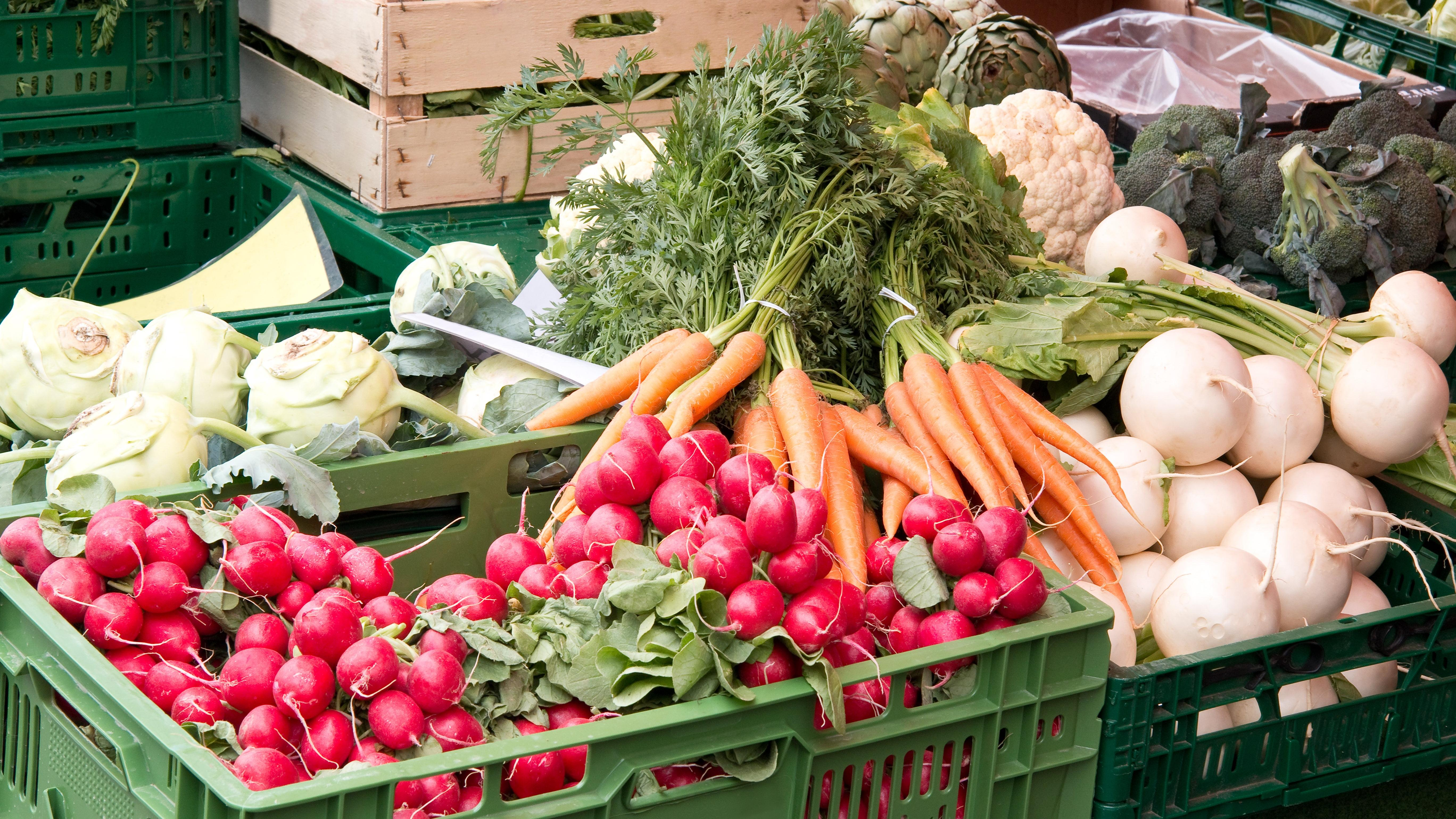How Supply Chain Issues Could Actually Improve Restaurants
There's a silver lining to the price hikes and lack of ingredients.
At this point, we've basically talked supply chain issues to death. These ongoing issues have raised food prices, threatened the existence of foods like chicken tenders and Girl Scout cookies, and even caused excessive food waste. Supply chain issues are like the new Mercury in retrograde: If something bad happens to you, that's what's to blame.
But maybe there's a silver lining. We're seeing changes on the menus of our favorite restaurants as chefs adapt to available ingredients and set prices that can still ensure a profit. But these changes aren't necessarily bad. In fact, it could mean more restaurants will turn to local, more sustainable ingredients.
Why restaurant chefs are turning to local foods
Prices for supplies have been jacked up across the board, and some chefs tell OpenTable that they've seen the cost of beef, chicken, and some vegetables double and even triple in the last two years. Rising gas prices are adding to the cost of transporting goods across the country, meaning that now the cheapest option might be in your own backyard. And even if prices for local produce are on par with other producers, there's the added bonus of supporting a small farm or supplier and ultimately ending up with something that's more fresh, which is well worth the cost.
Creating that personal relationship with the suppliers is priceless, in part because it becomes easier to anticipate what will and won't be available for future dishes. "Local purveyors can give you a pretty accurate prediction about what's coming. They can say, 'In four to six weeks, I'll have X amount of Y product,'" chef Quentin Garcia says.
How chefs adapt to available ingredients
Based on what is or isn't available locally can be a creative challenge for chefs, which in some cases can provide welcome and exciting changes to a restaurant's menu. Maybe the latest lettuce crop wasn't usable but asparagus is in abundance. In that case, introducing a bright asparagus appetizer to a spring menu might result in a new go-to order for existing customers who have tried everything else on the menu. It might even bring in a new audience looking for a place that serves the best seasonal produce in town.
Buying local is also a great step toward sustainability: it saves on emissions from the delivery of supplies, reduces packaging in the shipping process, and encourages more agricultural growth in your community.
The Guardian reports that global supply chain issues could last at least until 2024, so now's the time to start looking for alternatives to the status quo. And by the time things are fixed, restaurants might already be hooked on their local ingredients. Their menus, and the environment, will be all the better for it.
